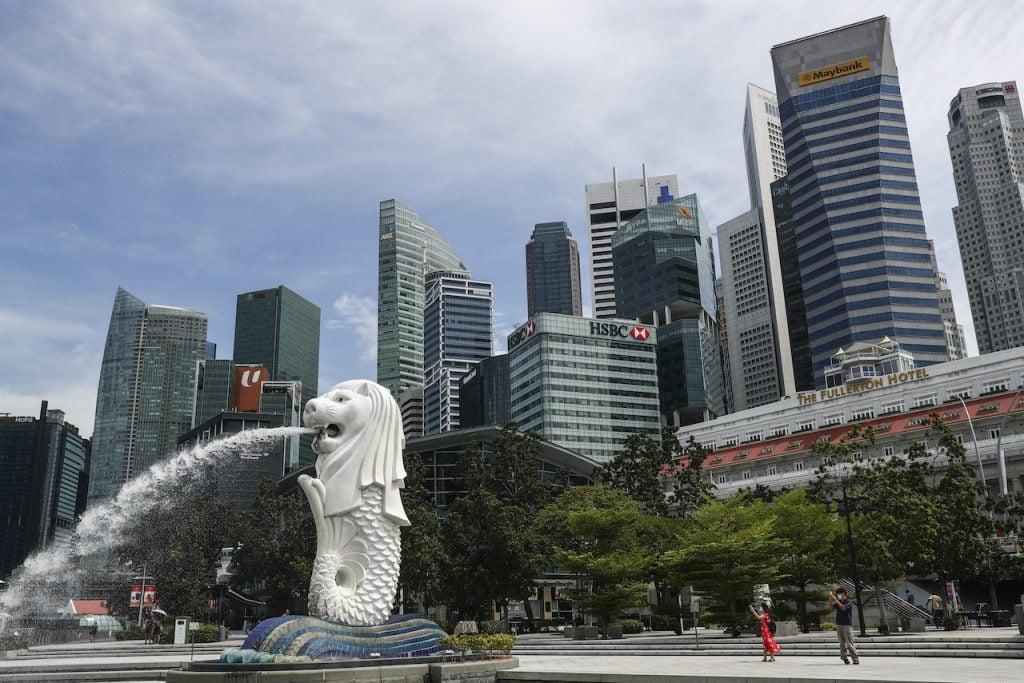New Singapore plant part solution to water independence
The versatile new plant will make Singapore less reliant on water imported from Sungai Johor.
Just In
Water security in Singapore has been boosted with the opening of the country’s fourth desalination plant – the latest part of plans to ensure that island taps never go dry whatever the weather.
On Thursday, Prime Minister Lee Hsien Loong officially opened the Keppel Marina East Desalination Plant which has actually been operating since June.
It is the first plant in Singapore capable of treating both sea and reservoir water.
Currently, the lion’s share of water is imported from Malaysia’s Sungai Johor. However, climate change could make water sources replenished by rainfall less resilient, reports the Straits Times.
National water agency PUB chief executive Ng Joo Hee said that desalination is one of Singapore’s four national taps. “Unlike the other three taps – imported water, rainfall and recycled water – the sea is a practically limitless resource,” he said.
Chew Chee Keong, PUB’s director for water supply told The Straits Times that the facility, located right by the sea and next to the Marina Reservoir, is in a good position to harness both sources of water. He added that with climate change, the city-state can expect more intense rainfall and more severe drought and the new plant will work effectively through both.
Tan Boon Leng, of Keppel Infrastructure, the plant’s builder and operator, explained that Marina Barrage used to pump out excess water into the sea during periods of heavy rainfall, which was “a waste of rainwater”.
The plant can treat about 30 million gallons a day (mgd), or up to 7% of Singapore’s daily water needs of about 430mgd.
The city is also seeking to maximise the use of its water by recycling every drop to make Newater. With water consumption predicted to double by 2060, PUB said the plan is for Newater and desalination to meet up to 85% of Singapore’s future water demand.
Cecilia Tortajada, of the Lee Kuan Yew School of Public Policy’s Institute of Water Policy, told The Straits Times that other than boosting water independence for the country, the new plant can also help Singapore use its energy resources more efficiently.
“Energy use is related to how saline water is. During the times freshwater is used, the plant will use about a third of the energy required for it to operate on seawater mode,” said Tortajada.
She added that despite the financial cost of desalination, it is imperative for Singapore to build up such capabilities to deal with the changing climatic and geopolitical situation.
“Desalination costs are not economic only, but also social and environmental. We have to consider what would be the social costs for Singapore of not being able to provide clean water.”
Subscribe to our newsletter
To be updated with all the latest news and analyses daily.
